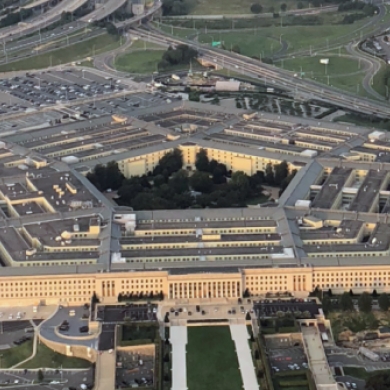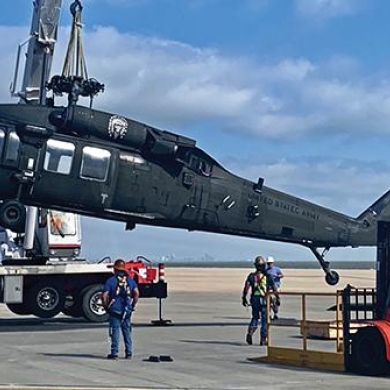January 28, 2022
Tyto Robotics distribue la technologie de test de drones ‘WindShape’ en Amérique du Nord
Tyto Robotics distribue la technologie de test de drones ‘WindShape' en Amérique du Nord 26 janvier, 2022 Gatineau, Canada : WindShape Ltd a signé un accord de distribution exclusif avec Tyto Robotics, une société canadienne spécialisée dans les équipements de test de drones. Tyto Robotics facilitera l'achat de la technologie « WindShaper » pour les entreprises nord-américaines, un outil utilisé pour réaliser des tests dynamiques en vol de drones de toutes tailles. WindShape a été fondée en 2016 à Genève par deux anciens élèves de la Haute Ecole Spécialisée de Suisse occidentale (HES-SO). La technologie WindShaper a été conçue comme une solution à de nombreux problèmes de test de drones, notamment la gestion de l'environnement de test et la réplicabilité des expériences. Cette solution révolutionnaire facilite les essais en vol et offre une alternative aux souffleries traditionnelles. Le partenariat avec Tyto Robotics vise à étendre la disponibilité de cette technologie aux secteurs de l'aérospatiale au Canada et aux États-Unis. Le WindShaper lui-même peut être plat ou incurvé, petit ou grand, inclinable et peut inclure des caractéristiques supplémentaires tels que le suivi de mouvement, les effets météorologiques et des filtres de turbulence. Chaque ventilateur est contrôlé indépendamment via une interface graphique en ligne ou un script personnalisé via une API de contrôle Python. La programmation 3D du flux de vent permet à l'utilisateur de simuler n'importe quel environnement de vent, y compris la turbulence, les obstacles, les rafales et les conditions d'atterrissage. En tant que distributeur nord-américain exclusif, Tyto Robotics conseille ses clients et aide à déterminer la taille du WindShaper ainsi que les options nécessaires au respect du cahier des charges de tests. Le partenariat arrive à un moment idéal alors que de plus en plus de pays s'engagent à soutenir l'innovation et l'infrastructure des drones. Les installations WindShape joueront un rôle important dans cette évolution pour les institutions de recherche et les entreprises privées, avec une croissance accrue gr'ce à ce nouvel accord de distribution. Contact Lauren Nagel Spécialiste en marketing technique lauren.nagel@tytorobotics.com 514-603-2706 À propos de Tyto Robotics Tyto Robotics est une entreprise aérospatiale canadienne spécialisée dans le développement d'outils de test professionnels pour la conception des drones et véhicules aériens électriques. Fondée en 2014, la société fabrique plusieurs variétés de bancs d'essai qui caractérisent pleinement les moteurs et hélices brushless pour drones et avions eVTOL. L'équipement de test et le logiciel mesurent avec précision la poussée, le couple, la puissance et l'efficacité afin que les concepteurs de drones puissent optimiser leurs systèmes de propulsion pour des performances maximales. https://www.tytorobotics.com/ À propos de WindShape WindShape développe une technologie de simulation météorologique intérieure pour tester les drones dans des conditions de vol contrôlables et reproductibles. Fondée en 2016 en Suisse, la société a inventé un générateur de vent innovant, appelé WindShaper, capable de générer une variété infinie de profils de vent à travers des milliers de pixels de vent (ventilateurs). Avec sa conception de section de test ouverte, cette technologie permet d'étudier les drones en vol libre, tout en surveillant leur comportement et en évaluant leurs performances dans diverses conditions, y compris les rafales, la pluie et même la neige. L'objectif de WindShape est d'améliorer les capacités actuelles de test et de certification des drones pour permettre des applications autonomes et évolutives. www.windshape.com


